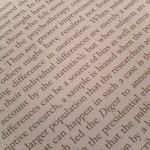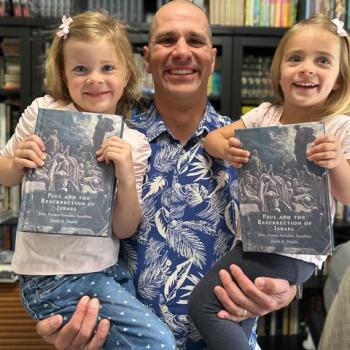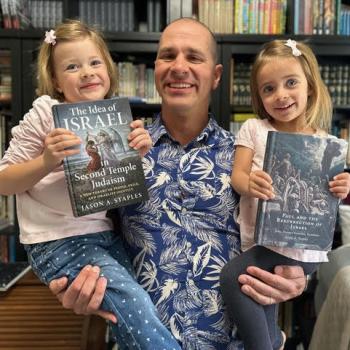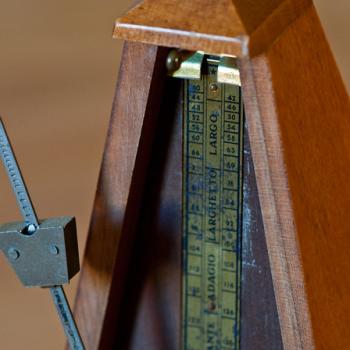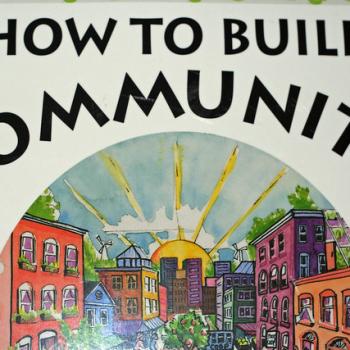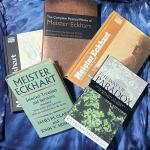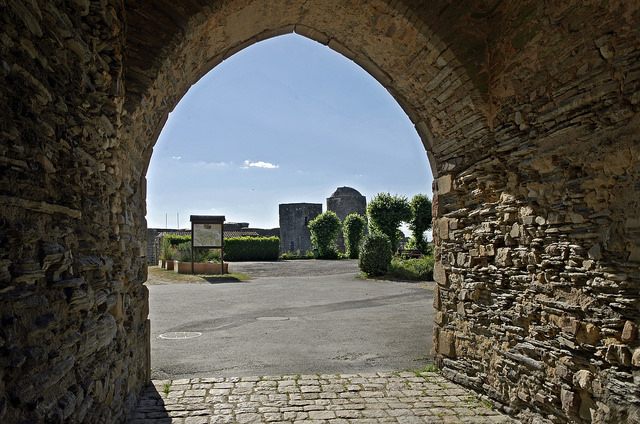
Bringing Our Intention to Life
Our values drive us. Often formed before we can possibly be conscious of them, our values shape who we are. As we grow and learn we discover our values for ourselves.
Our values shape our interests and perspectives. As we experience the world we draw principles from our values which fit together into a vision.
Our vision shows us where we want our lives to go, who we want to become.
As we gain understanding and appreciation for our values and vision, we form intention. A lifelong value for creativity draws us into creative activities and ways of living. Our core value of justice attracts us promote fairness in our world.
The values we recognize we share with other people bring us into common commitments. We become part of communities and enterprises with which we share values.
Along with our personalities and skills, our values guide us in how we spend our lives.
Each of us has our own unique set of values which feed into our own personal vision. Our vision may shape who we are even when we do not realize it.
When we have not explored our values and vision it is difficult for us to live intentionally. We may set goals or objectives which frustrate us. The plans we make may not reflect who we really are. We may hear ideas we like from other people but never put them into practice.
The intentions we will put into practice, we will bring to life, grow from our true selves.
What Do We Truly Value?
I do not remember a time when I did not set goals and objectives. Each year I would commit myself to change my life. My goals were always designed to make me a healthier, wealthier, better person.
Not all of my goals we failures, but enough were to make me curious. Why were there areas in which I set similar goals again and again without effecting real change? What were the parts of life in which I needed to grow but never thought of setting goals? How could I become more effective at practicing the changes I wanted to make?
As I struggled, I gained insight into the sources of my struggling.
Part of my difficulty was I did not know myself as well as I need to know myself. I was good at absorbing suggestions and expectations from other people. There was a lot less clarity about who I really was and what I actually valued.
My wandering and wrestling eventually brought me to the brink of a precipice. I recognized my own lack of insight into myself. I did not know what I valued, what my vision was, because I did not really think about it.
The way to find how to move forward was to get to know myself more intimately. I did not need to spend more time evaluating myself, but in getting acquainted with myself.
How I spent time with myself needed to change. I did not need to measure myself by outside standards, but to appreciate who I was.
My first step was sorting through what my core values were. I have a list which I review each year.
What Do We Intend to Do?
Some of my goals remained very similar. Others changed dramatically.
My goals were no longer for turning me into a perfect, balanced person. Some of them became less measurable and more intuitive.
Not only the goals themselves changed. My attitude toward my goals changed as well.
Goals became less intense, less of a life-or-death struggle. They became less about what I was committed to doing, no matter what, and more about what I intended.
My goals were supposed to transform me into a more perfect person. I challenged myself to fit into a preconception of what would make me better. If only I could force myself to do this and do that, I would be more happy.
Intentions are both less restrictive and more personal. Underlying my intentions is a process of becoming more myself. My intentions appreciate who I am rather than trying to fix who I am.
Each year, based on my experience that year, I review my values, vision, and intentions. My intention is to apply what I have learned and see how my actions reflect my inner truth.
My goals often felt discouraging to me. They served as blinders designed to keep me focused on what was directly in front of me. My intentions help me remember who I am and look ahead to see how I can put my values into practice.
Intention is the opening in the wall toward which I am walking.
Intention in Monastic Life
Monasteries do not generally have annual or quarterly plans or objectives. Following Benedict’s Rule does not involve particularly measurable progress.
Monastic life is more about our intention. Reflection shows us who we are in our inner truth, connected to Sacred truth. Our spiritual practices are designed to help us see more clearly and apply what we see.
Monks do not aspire to become perfect monks. Monastic life is not a process of gaining ground or moving forward. Our intentions help us remember who we are and put ourselves into practice each day.
Intentional Leadership
It is fairly easy to set goals the way many of us do it. We take what we planned last year, or last quarter, and add a small percentage for growth. Our goals tend to be about quantity, not quality.
The leaders who inspire me work more deeply than that. Like monks, they help the people around them see themselves more clearly. Their new insights allow them to put their values into practice creatively.
Leaders with intention appreciate the significance of values rests on applying them every day.
How will we apply our own insights about our values today?
What intention do you have to put your values into practice this week?
[Image by sybarite48]
Greg Richardson is a spiritual life mentor and leadership coach in Southern California. He is a recovering attorney and university professor, and a lay Oblate with New Camaldoli Hermitage near Big Sur, California. Greg’s website is StrategicMonk.com, and his email address is StrategicMonk@gmail.com.


